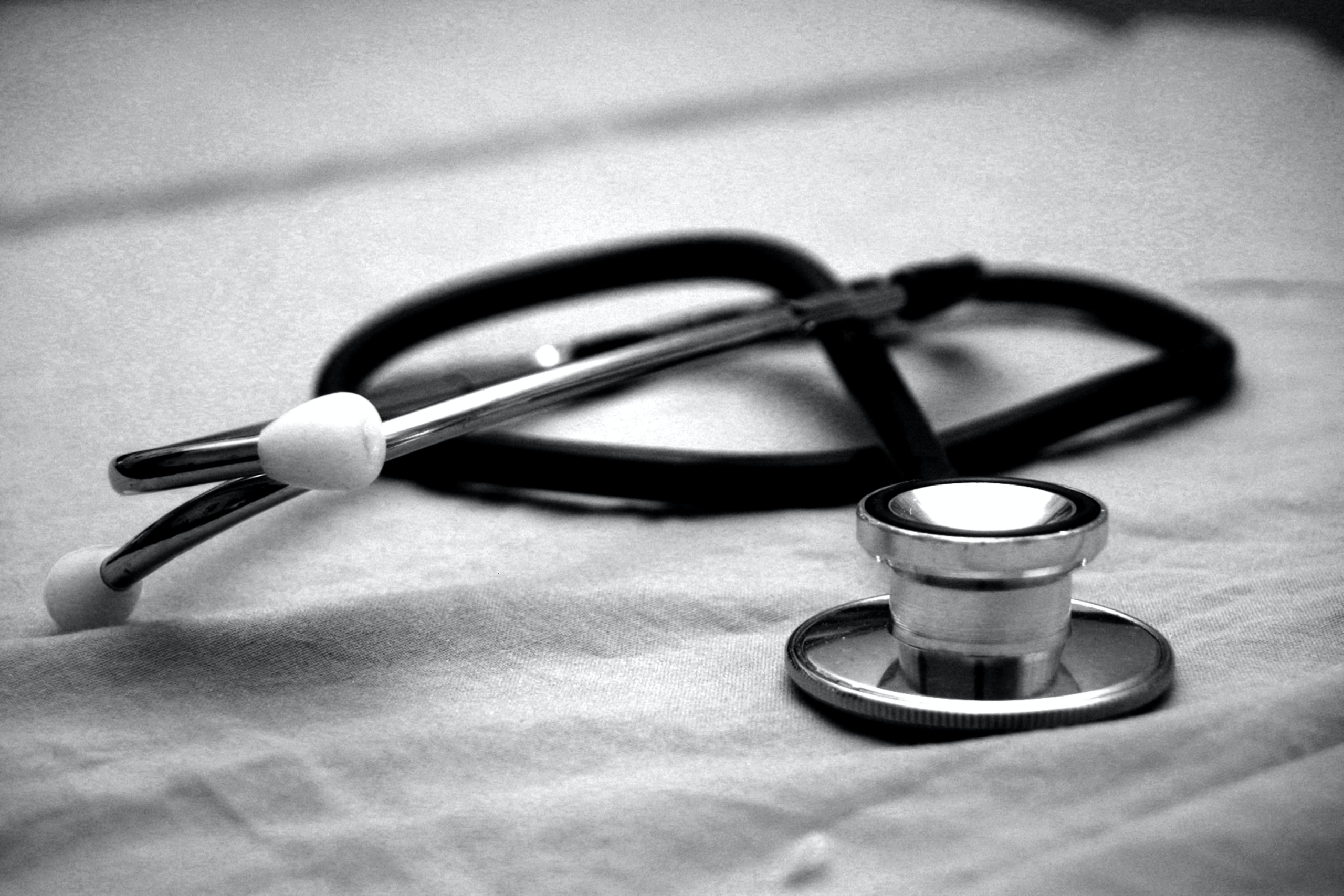
What Can You Do to Make a Difference During American Heart Month?
By James Roland
Medically reviewed by Angela Ryan Lee, MD, FACC
American Heart Month is an annual recognition of the importance of fighting heart disease and being proactive about taking steps to bolster your heart health. Learn how you can get involved and make a difference.
February is a month marked by red hearts and Valentine’s Day expressions of love. And since 1964, February has also been the month Americans are reminded to show a little love for their hearts, too.
Nearly 60 years ago, President Lyndon Johnson declared February American Heart Month, recognizing the importance of tackling heart disease and promoting a heart-healthy lifestyle.
If you’re looking for ways to participate, make a difference, or support the efforts of the American Heart Association (AHA) and other organizations working to improve treatments and reduce the risk of heart disease as a public health threat, there are many ways you can help.
Why do we celebrate American Heart Month?
American Heart Month continues to be an important part of the health calendar because heart disease continues to be the leading cause of death in the United States.
However, as the World Health Organization notes, you can reduce the risk of cardiovascular diseases through healthy behaviors, such as:
- eating a balanced diet
- exercising most (if not all) days of the week
- limiting alcohol consumption
- not smoking
American Heart Month’s primary goals are to educate the public about heart health risk factors and the seriousness of heart disease as well as to help people understand what they can do to boost their own heart health.
Though American Heart Month is just 1 month out of the year, the AHA and other medical organizations want to encourage people to adopt a heart-healthy lifestyle and show some self-care for their hearts all year-round.
What meaningful things can you do during American Heart Month?
American Heart Month campaigns and events provide many opportunities to help others in their journey with heart disease. They can also help you become “heart smart” yourself.
Below, we outline seven meaningful ways you can participate and make a difference.
1. Check out Getting to Know #OurHearts
On February 17, leading medical experts from the National Heart, Lung, and Blood Institute (NHLBI) and the Centers for Disease Control and Prevention (CDC) are teaming up for a discussion on the many steps you can take to bolster your cardiovascular health. This discussion is known as Getting to Know #OurHearts.
You can join the Getting to Know #OurHearts initiative on Facebook Live or through the National Institutes of Health’s videocasting site.
In addition to discussing general heart disease prevention strategies, medical experts will also help attendees understand their individual risk factors and how best to manage them.
2. Commit to a heart-healthy lifestyle
If you’re getting a late start on your New Year’s resolutions, you can always use American Heart Month as your springboard to a heart-healthy lifestyle. Some keys to cardiovascular health include:
- managing your blood pressure, cholesterol, and blood glucose (sugar) levels
- eating a Mediterranean diet or Dietary Approaches to Stop Hypertension (DASH) diet
- following the AHA’s exercise guidelines of 150 minutes a week of moderate intensity exercise or 75 minutes a week of vigorous intensity exercise
- getting 7 to 9 hours of sleep each night
- maintaining a moderate weight
- managing stress in healthy ways
- not smoking or quitting if you do
3. Donate to the American Heart Association
The AHA supports research into new treatments, devices, and programs that support heart health. You can be part of those efforts by donating to the AHA with either a one-time gift or monthly contributions.
You can also donate your time by:
- hosting or participating in a fundraising event
- teaching others about heart health subjects, such as heart-healthy cooking
- volunteering in a clinical trial or other research effort
4. Join the Million Hearts Initiative
In 2022, the CDC and Centers for Medicare and Medicaid Services launched the Million Hearts Initiative. Its goal is to avert 1 million preventable cardiovascular disease events by 2027.
You can follow the Million Hearts Initiative on social media and adopt the recommendations in the Small Steps for a Healthy Heart program. The program includes advice about exercise, diet, and other lifestyle changes that support better cardiovascular health.
5. Participate in a Heart Walk
AHA Heart Walks serve two important purposes: They help raise money and encourage people to get up and walk, one of the simplest yet most effective ways of improving cardiovascular fitness.
Many people join this annual fundraising effort to support the AHA’s programs or to honor a friend or family member who is coping with heart disease or who may have died from heart-related complications.
Heart Walks are held throughout the month in cities and small towns across the United States. You can sponsor a team or join a team in your area.
6. Schedule a physical examination
If it’s been a while since you visited your doctor and had your heart and blood pressure checked out, use American Heart Month as the motivation to get a current assessment of your heart health.
Be sure to also ask your doctor about ordering a test to measure your cholesterol levels, known as a lipid panel.
Before your appointment, consider printing out the CDC’s Managing My Blood Pressure worksheet. It includes questions to ask your doctor about lifestyle behaviors to support healthy blood pressure and medications for high blood pressure.
7. Wear red
Wear Red Day emerged as a key component of American Heart Month because health experts agreed that women’s cardiovascular health needed greater awareness. People assigned female at birth have historically been underrepresented in clinical trials, and women, often in the role of caretakers in families, too often set their own health needs aside.
Cardiovascular disease is the leading cause of death in women. The AHA notes that cardiovascular disease accounts for about 1 of 3 deaths among women each year.
To help raise awareness and encourage women to take a more proactive role in their heart health, everyone is encouraged to wear red on the first Friday of February.
It’s also important to recognize and understand that heart attack symptoms in women may present a little differently than in men. Although chest pain is the most common symptom, other symptoms that may be more common in women include:
- nausea and vomiting
- shortness of breath
- lightheadedness and dizziness
- extreme fatigue
- neck and jaw pain, often without chest pain
The bottom line
American Heart Month is an annual recognition of the importance of fighting heart disease and learning more about how to prevent heart problems.
You can get involved by taking steps toward a heart-healthy lifestyle for yourself, or by participating in Heart Walks and other events that offer you the chance to help others in one of the biggest health issues facing the world.







